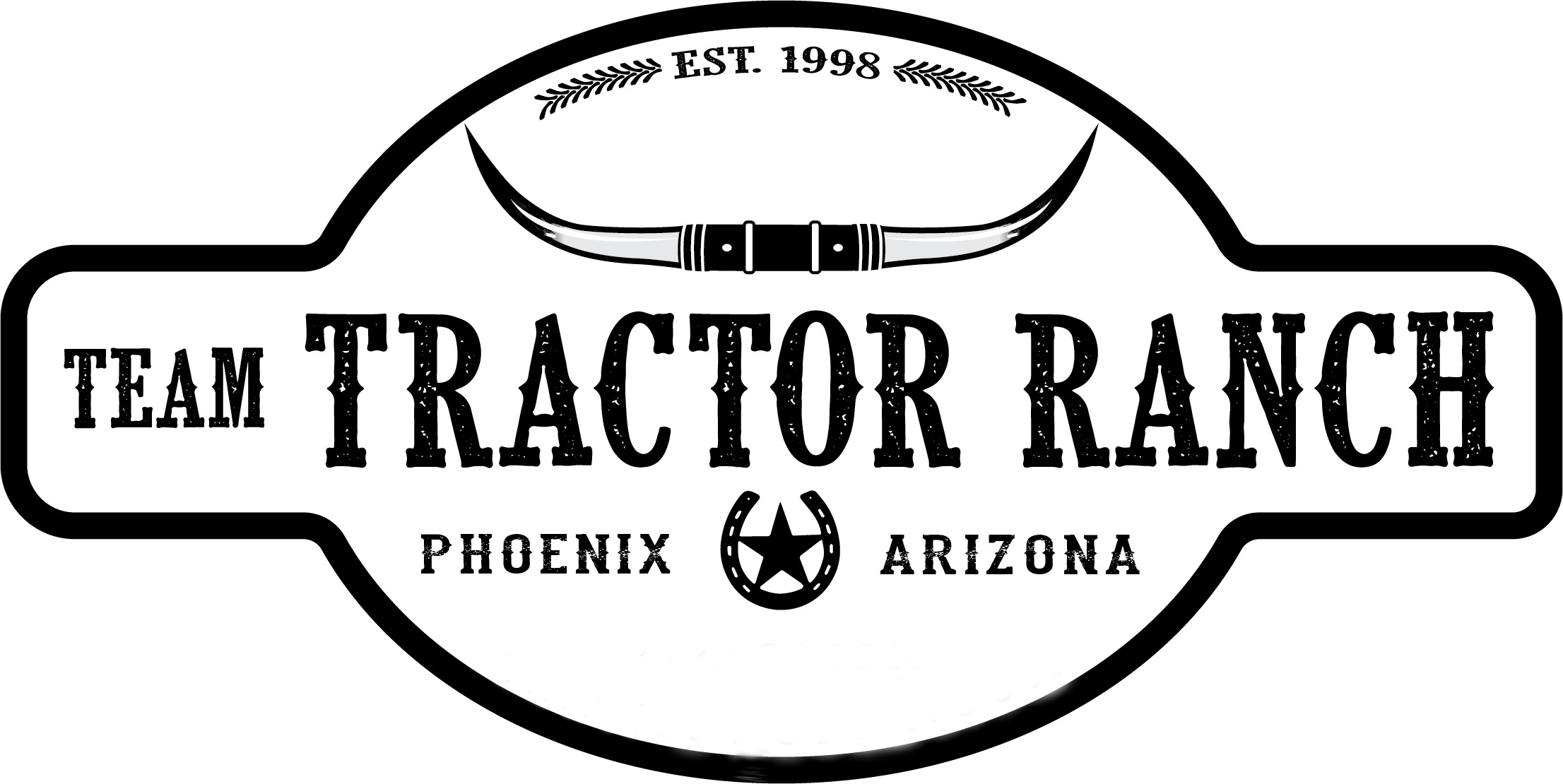Fall Farming Made Simple
As summer fades and the days grow shorter, fall marks a pivotal time for farmers. The transition brings both opportunity and challenge, demanding careful preparation to protect yields, maintain equipment, and set the stage for next year’s success.
Key Fall Farming Tasks
Fall is peak harvest season for many crops. Timely harvesting is crucial to preserve quality and avoid losses from early frosts or unpredictable weather. Proper storage—whether in bins, silos, or cellars—ensures crops remain fresh and market-ready.
Before winter sets in, you must inspect, repair, and store machinery. This includes checking belts, hoses, tires, and electrical systems, and covering equipment to guard against dust and moisture. Well-maintained equipment is less likely to break down during the busy spring season.
After harvest, you clear fields of plant debris, composting what they can to enrich the soil. Many also plant cover crops—a practice recognized as a good farming practice when terminated according to NRCS guidelines—to prevent erosion, improve soil health, and suppress weeds.
Next --- Clearing drainage systems is essential to prevent flooding and disease during fall rains. Insulating water pipes and troughs protects livestock water sources from freezing as temperatures drop.
Fall is the time to review crop rotations, select seed varieties, and analyze soil moisture. With input prices high and crop prices down, smart planning and risk management are more important than ever.
Farmers in 2025 face climate-driven weather extremes, supply chain disruptions, and rising costs for inputs and equipment. Many are adopting sustainable practices like crop rotation, reduced tillage, and integrated pest management to build resilience and meet consumer demand for eco-friendly products. Monitoring soil moisture is especially critical this year, as dry fall conditions could impact spring planting.
The Farmers’ Almanac continues to offer guidance on optimal planting and harvesting windows, but local climate and updated hardiness zones should guide decisions. Consulting local extension offices and monitoring long-range forecasts help tailor fall strategies to specific regions.
Fall farming in 2025 is about balancing tradition with innovation—harvesting efficiently, preparing fields and equipment, and planning ahead in the face of new environmental and economic realities. With thoughtful preparation, farmers can protect their livelihoods and lay the groundwork for a successful year ahead.
If you need any further help or have any questions about service, tractors, implements, or anything else equipment-related, please contact your dealer, local mechanic, or call us at 602-899-2130. Please ask about our current new and used tractor supply.
If you are looking for old, vintage, classic, or new tractor parts, send us a part request.
Team Tractor Ranch - #1 Tractor Dealer in Arizona. We sell and service most major brands of tractors including Yanmar, Kubota, John Deere, TYM, Mahindra, Kioti, Case, New Holland, Massey Ferguson, Ford, Deutz, Case IH, Farmall, International Harvester, Branson Tractors, LS, Shibura, Claas Tractor, McCormick Tractors, Valtra, Solis, YTO, Montana, and Nortrac.
